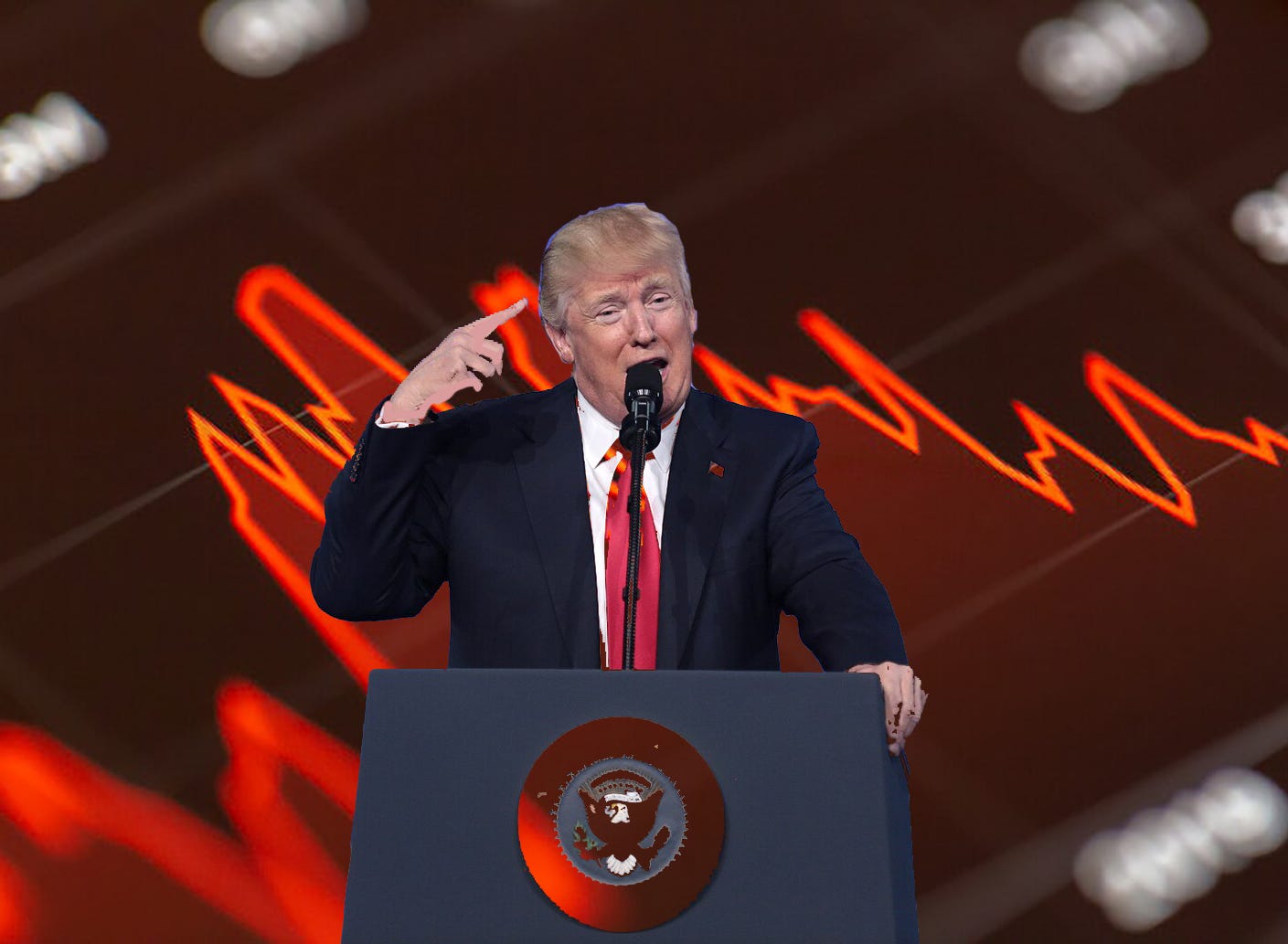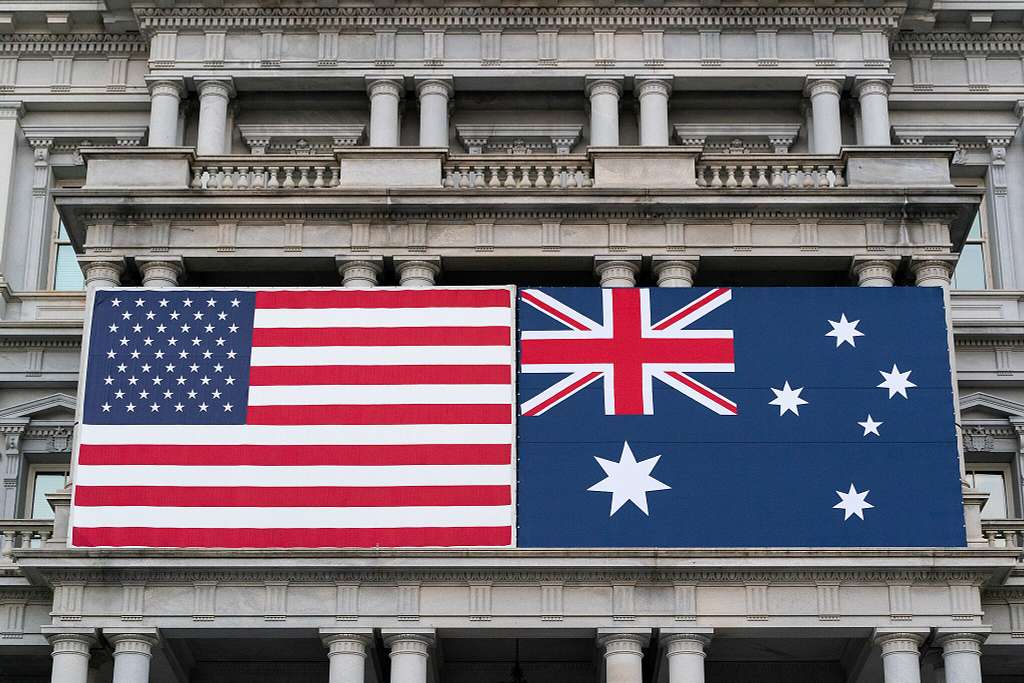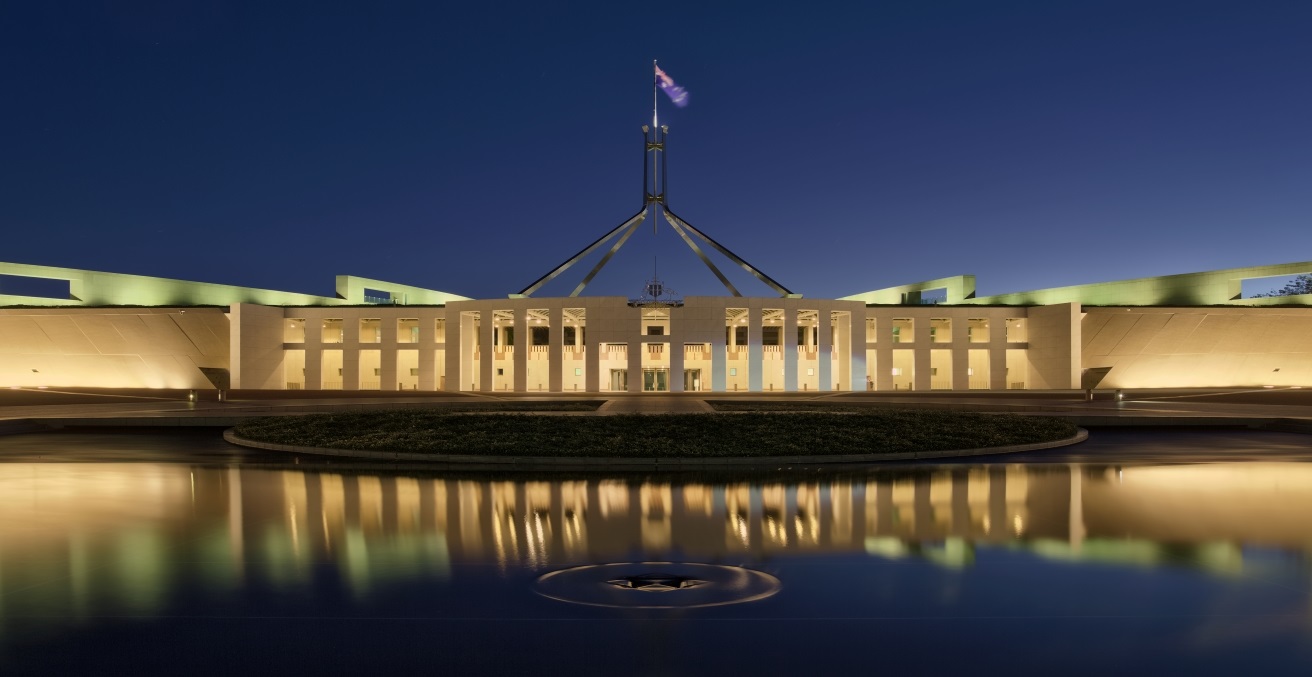Strategic media engagement is a crucial yet often overlooked tool for fostering collaboration in maritime issues. One of the key challenges lies in the limited maritime reporting literacy among journalists and coastal communities, who often lack access to specialised training, scientific resources, or government briefings on maritime governance and security.
This gap highlights the need for initiatives such as a media fellowship program, which can equip journalists with the knowledge and expertise to report accurately and responsibly on maritime issues. By enhancing journalists’ understanding of maritime law, maritime jargon or terminology, geopolitics, and environmental issues, these efforts can improve the quality of reporting, foster regional dialogue, and contribute to more informed and well-prepared media landscape capable of covering maritime issues with greater accuracy and depth.
Flagging the Issues: Why Media?
The South China Sea is a key example of the importance of media in shaping public opinions, influencing diplomatic narratives, and informing policy discussions—a topic I have been researching for the past 11 years.
The South China Sea is surrounded by densely populated Southeast Asian countries, but the activities that take place there are over the horizon and far from the public eye. This distance makes the media’s role crucial in constructing this globally significant conflict in the minds of the public in the claimant and stakeholding states. While traditional diplomatic efforts and military posturing have dominated strategies and initiatives, there is an increasing need to adopt a more nuanced approach that includes media engagement.
Maritime reporting literacy is essential for journalists covering complex maritime issues, as misreporting can lead to public misunderstandings, policy missteps, and uninformed regulations. An example of this is Total Allowable Catch regulations, which set legal limits on how much fish fishermen can catch to prevent overfishing and the importance of local media to inform the communities affected. Inadequate information about these regulations, including the role of local media in effectively explaining such policies, can lead to confusion and potential non-compliance. Strengthening maritime reporting literacy among journalists is crucial to bridging this information gap, ensuring that policies are clearly communicated and understood by those whose livelihoods depend on them.
Another similar example concerns dwelling time. In 2015, Indonesian media extensively reported on prolonged dwelling times at major ports—particularly Tanjung Priok in Jakarta —attributing delays primarily to government inefficiencies. This narrow focus led to public outcry and prompted the government to implement swift measures aimed at reducing dwelling times. However, subsequent analyses revealed that these reforms did not achieve the desired outcomes. Instead, they inadvertently increased logistics costs due to factors such as the Transfer of Pile Location (Indonesian: Pindah Lokasi Penimbunan)—a policy that relocated goods to alternative storage locations rather than addressing congestion at its source. Crucially, another major cause of delays was largely overlooked in media coverage: importers deliberately postponing customs clearance to use ports as warehouses to stockpile cargo at cheaper rates. The initial media coverage failed to consider the multifaceted causes of extended dwelling times, including the roles of importers, private sector logistics, and infrastructure limitations. As a result, the implemented policies addressed only surface-level symptoms rather than the underlying systemic issues.
Increased journalistic maritime literacy is crucial because of the function of the media in giving public access to information. Journalists trained in maritime issues can bridge the gap between policymakers and the public, fulfilling the role of media as a public sphere in facilitating discussions and debates on current affairs. Current regional initiatives addressing maritime issues, such as marine protection agreements and diplomatic dialogues, are often implemented without strategic media engagement, which limits public accessibility and understanding towards these complex issues. As a result, journalists in the region may cover South China Sea topics sporadically or fail to dive beneath the wavetops. This gap is primarily due to the limited access journalists have to scientific resources, legal jargon, and environmental expertise. This environment means that many issues of maritime security and/or conflict are left underreported or misunderstood.
The second key reason for strategic media engagement—initiatives that enable journalists, researchers, and policymakers from different countries to share knowledge, pool resources, and learn from one another’s experiences in maritime reporting—is to expand networks and promote regional collaboration. . Beyond bridging the gap between the state and the public, journalists play an important role in building networks of information-sharing across borders and sharing of best practices in maritime reporting. For example, regional collaborations like the Asia Investigative Reporting Network (AIR Network) and the Earth Journalism Network (EJN) facilitate cross-border investigative projects and environmental reporting, ensuring that critical issues receive sustained coverage (longevity) and broader public awareness (visibility). This effort makes information more inclusive and digestible, as well as encouraging dialogue, preventing the isolation of local issues by integrating them into a ready regional or global conversation.
Developing a Specialised Media Fellowship Program
To address the above challenges and gap, this article proposes the development of a media fellowship program focused on maritime reporting and literacy. The program will start with an ASEAN-focused approach, specifically training journalists from Indonesia, the Philippines, Vietnam, and Malaysia. Brunei, though a claimant, has maintained a low-profile stance and displayed deference to China’s South China Sea claims. The Philippines and Indonesia, as the largest economies in Southeast Asia, holds important influence within the ASEAN, therefore playing a pivotal role in regional dialogues. The Philippines and Vietnam are two prominent disputants in the South China Sea (SCS) disputes, with the Philippines’ high-profile international arbitration cases against China over contested maritime areas. Vietnam is a key claimant in the SCS disputes, and its fishing industry is significant to its maritime economy and local livelihoods. Malaysia’s role in the SCS dispute is somewhat quieter than that of the Philippines or Vietnam, but Malaysia also has overlapping claims in the region and its coastal communities—like Sabah and Sarawak—depend heavily on marine resources.
The fellowship program would offer field-specific training workshops, as well as partnerships with diverse expert and scholars, along with government officials from Australia and Southeast Asia countries. Australia is well-positioned as a mentor country for this program due to two factors. First, unlike many countries in the Asia-Pacific region, Australia has a strong tradition of press freedom and independent journalism. Second, existing Australia-ASEAN media engagement initiative (e.g. Australia-Southeast Asia Media and Broadcasting Initiative) demonstrate Australia’s ongoing commitment to supporting capacity-building in regional journalism.
More broadly, ASEAN is also a critical partner for Australia in economic, security, and diplomatic matter, reinforcing the importance of sustained engagement. Australia’s inclusion in this program aligns with its long-standing partnership with ASEAN as part of its regional priorities. This is not solely about geopolitical positioning but also about leveraging Australia’s strong journalistic institutions and expertise in specialised fields, particularly maritime reporting, which remains often lacks sufficient attention in the region.
Similar initiatives, such as the Earth Journalism Network (EJN) for environmental reporting and the Thomson Reuters Foundation’s human rights journalism programs, have shown that specialised media training can improve accuracy and foster cross-border collaboration. Building on these successes, this article proposes a maritime-focused media fellowship to equip journalists with learning and networking in maritime reporting.
This article is part of the Indo-Pacific Maritime Governance Expanded Network for Innovation and Education (GENIE), with La Trobe Asia and the Yokosuka Council on Asia-Pacific Studies (YCAPS). This program has received funding support from the Australia-ASEAN Council. Views expressed are solely of its author/s and do not represent the Australian government or partner country government.
Lupita Wijaya is a researcher specialising in media and communication, focusing on Southeast Asia. She holds a doctoral degree in Media and Communication from Monash University and is part of the Maritime GENIE (Governance Expanded Network for Innovation and Education) program. She has published extensively on media and the South China Sea conflict. Contact via lupita.wijaya@gmail.com
This article is published under a Creative Commons License and may be republished with attribution.




